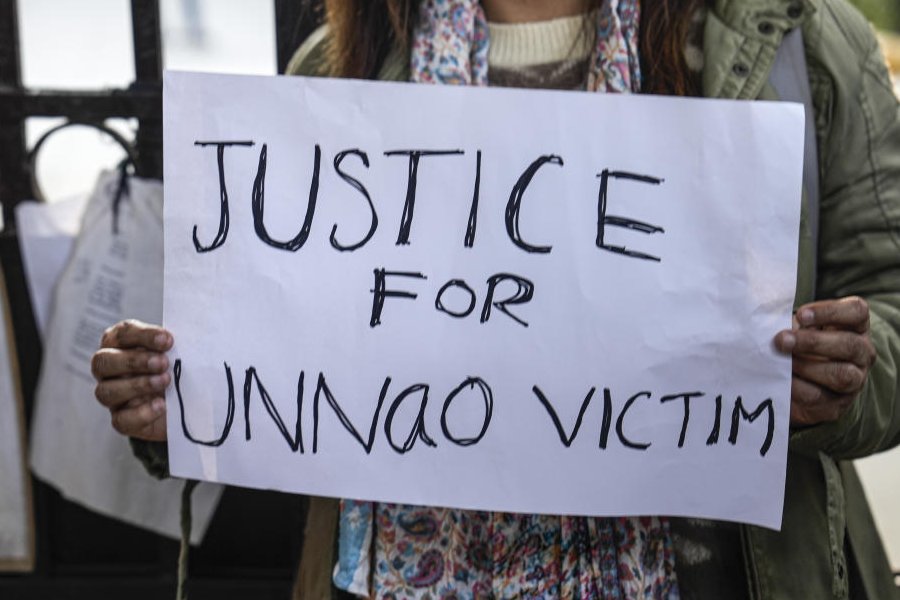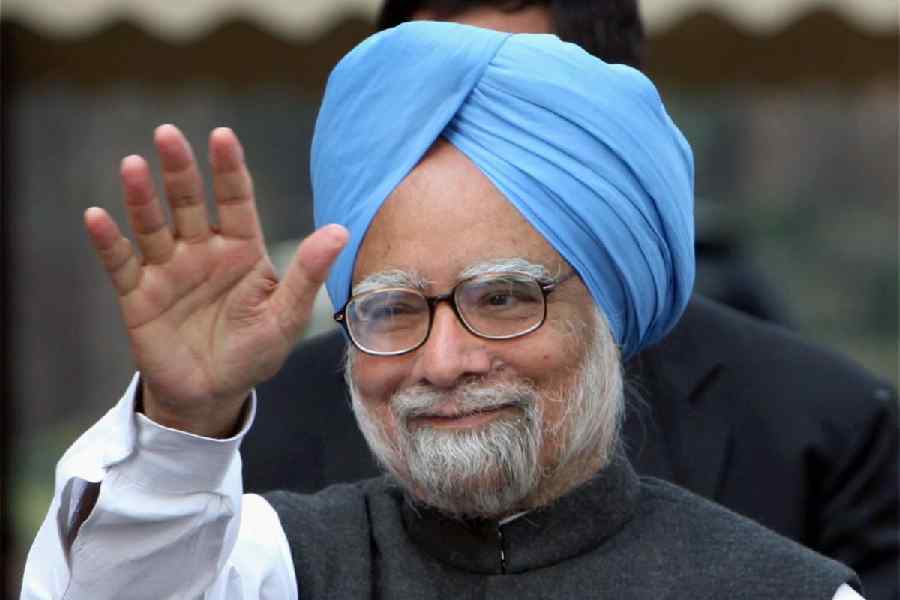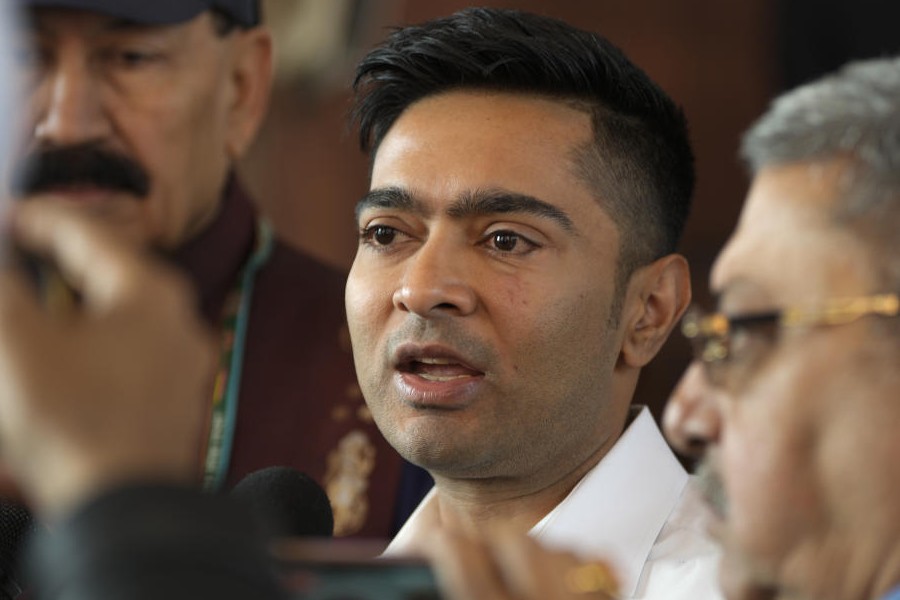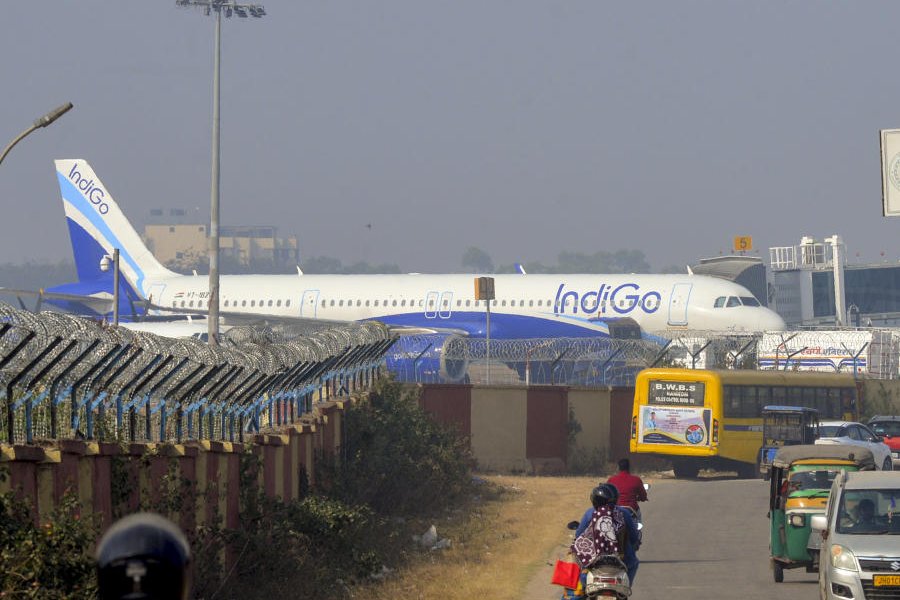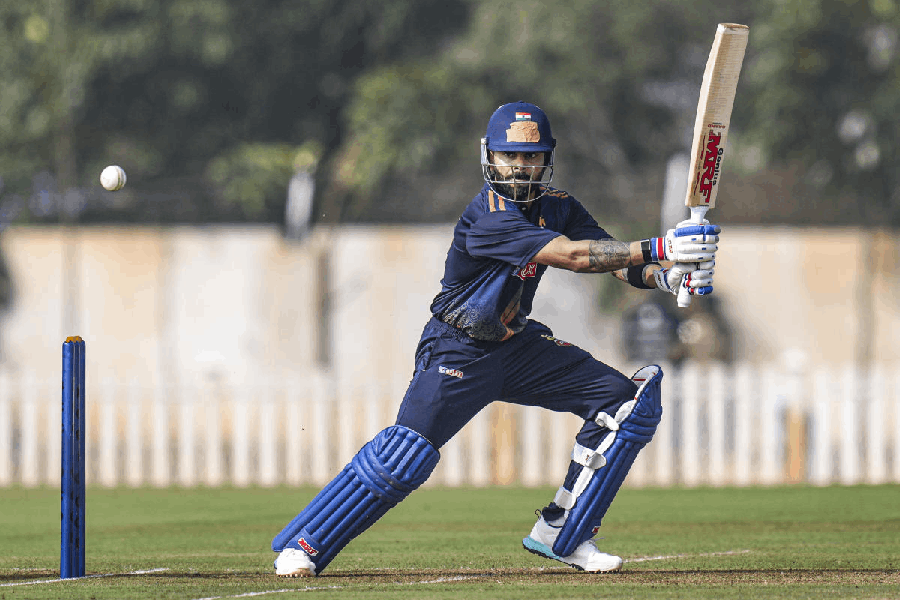
From September, private buyers of cars, SUVs, motorcycles, scooters or other two- and four-wheelers have to pay more for them. This is because from the beginning of this month the Insurance Regulatory and Development Authority of India (IRDA), the controlling body for all insurance in India, has ordered that at the time of purchasing a car or SUV the buyer will have to buy third-party insurance for three years up front. For those buying two-wheelers, the cover will have to be bought for five years.
It is mandatory for all vehicles that are going on the road to have third-party insurance. A typical car insurance cover would have two parts. The third-party insurance part is one. The other is the own-damage part. The first is a financial cover that pays for any damage caused by a vehicle to anyone who is neither its owner nor the insurance company. The “own-damage” part covers the cost of repairs to a vehicle that has been damaged in an accident or other mishap. The two parts together make up what is commonly called “comprehensive” car insurance.
This move follows an order by the Supreme Court directing that multi-year third-party premiums should be collected at the time of sale of a new vehicle since a large number of owners do not renew even the third-party insurance cover. In fact, a very large number of vehicles on the road are uninsured. According to one estimate, only about a third of the registered vehicles, numbering about 60 million of a total of about 180 million registered vehicles in India, have valid third-party insurance covers with owners preferring not to buy own-damage covers as the vehicles get older.
The problem is that if a person dies in a car accident, there is no limit to how much can be claimed by his kin from the owner of the car that hit him. If there is a third-party cover, however, the claim amount gets limited to a multiple of the income of the dead person and that is borne by the insurance company. So it pays to have third-party cover.
The more the number of insured persons, the more cost-effective it becomes for an insurance company to offer the cover, as the cost of doing so is spread over a larger number of buyers. Since a lot of car owners do not buy third-party covers, it is getting costlier for insurers to provide this cover and, therefore, premiums have been rising steadily over the last few years. Which is another deterrent to car owners buying third-party covers although it’s mandatory to have one.
Till August 31, new vehicle buyers had to pay third-party insurance premiums for cars, ranging from Rs 1,850 to Rs 7,890, while for two-wheelers it ranged between Rs 427 and Rs 2,323. With the three- and five-year rules being implemented, the premiums have now gone up to anything between 2.5 and five times of what they were earlier.
Currently, a number of car dealerships that t2oS checked with said that from September 1, new vehicles are being sold with a multi-year third-party cover and a single-year own-damage cover from a non-life insurance company and they are being bundled in a single policy. Some sources said that a few insurance companies are developing insurance package policies that will have both third-party and own-damage car insurance spanning the same time period, that is, three or five years, to match the validity of the third-party covers.
However, this move throws up its own set of questions to which, sources said, there is no clear answer yet. The first is about continuance. Would it be possible to cover the car with two separate policies after the first year — the continuing third-party cover from the original insurer as well as an own-damage cover from a different insurer? Or does the continuance of the third-party cover imply that the own damage cover will have to be bought from that same insurer in subsequent years as well? In which case, what about the possibility of switching insurers if one is not satisfied with the first one? Also, will there be a possibility of porting the insurance policy to another insurer the way health policies are ported?
Further, how will the no-claim bonus be carried forward to a new policy if there is one? Checking with insurers and car dealers did not bring much clarity to the issue. Most of them say that even they are waiting for IRDA to clarify.
The apex court had said in its order: “We make it clear that the third-party insurance cover for new cars should mandatorily be for a period of three years and for two-wheelers, it should mandatorily be for a period of five years. This may be taken and treated as a separate product. The decision should be implemented from 1st September, 2018 on the policies sold.” None of the insurers have brought out separate third-party and own-damage policies yet, as far t2 was able to find.
This directive is changing the landscape for motor insurance significantly.
As for existing car owners, they will remain unaffected by Supreme Court’s and IRDA’s latest move.



